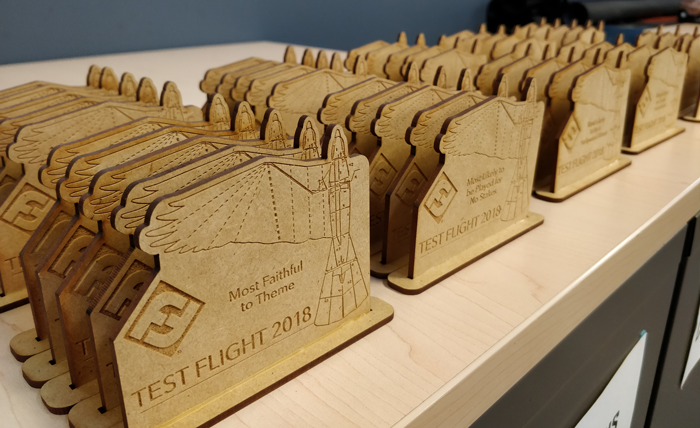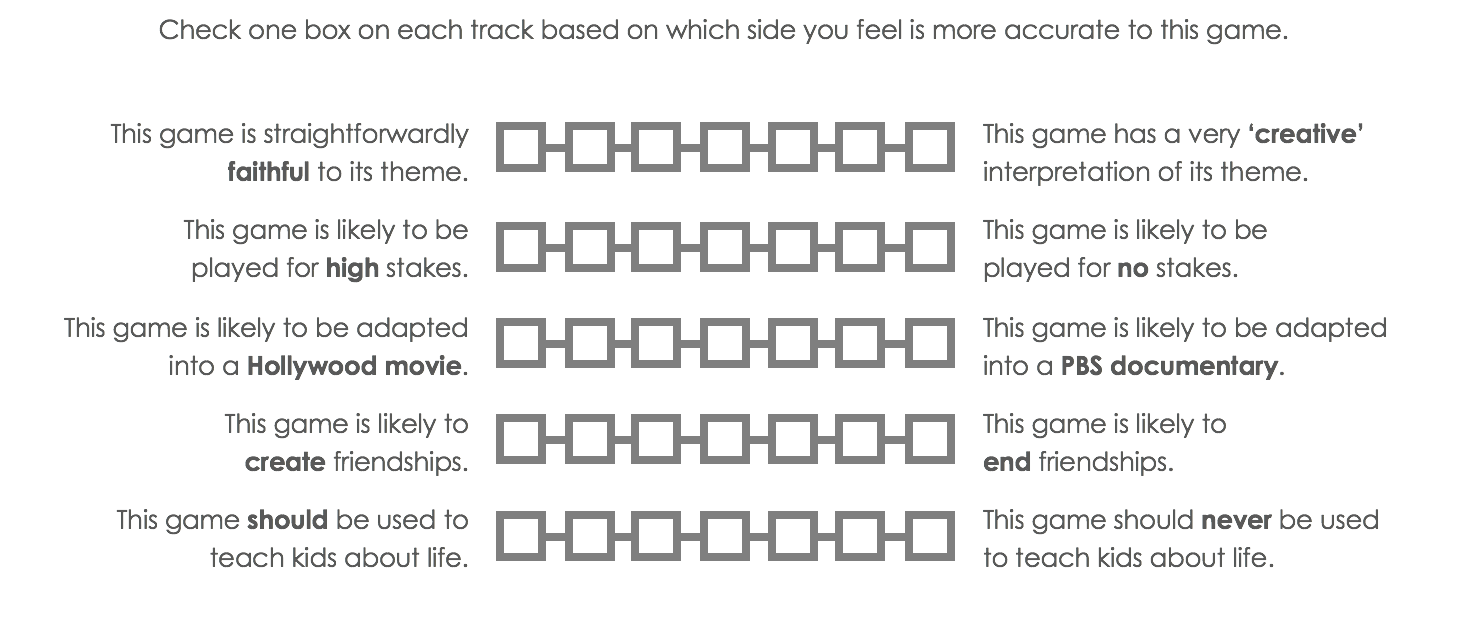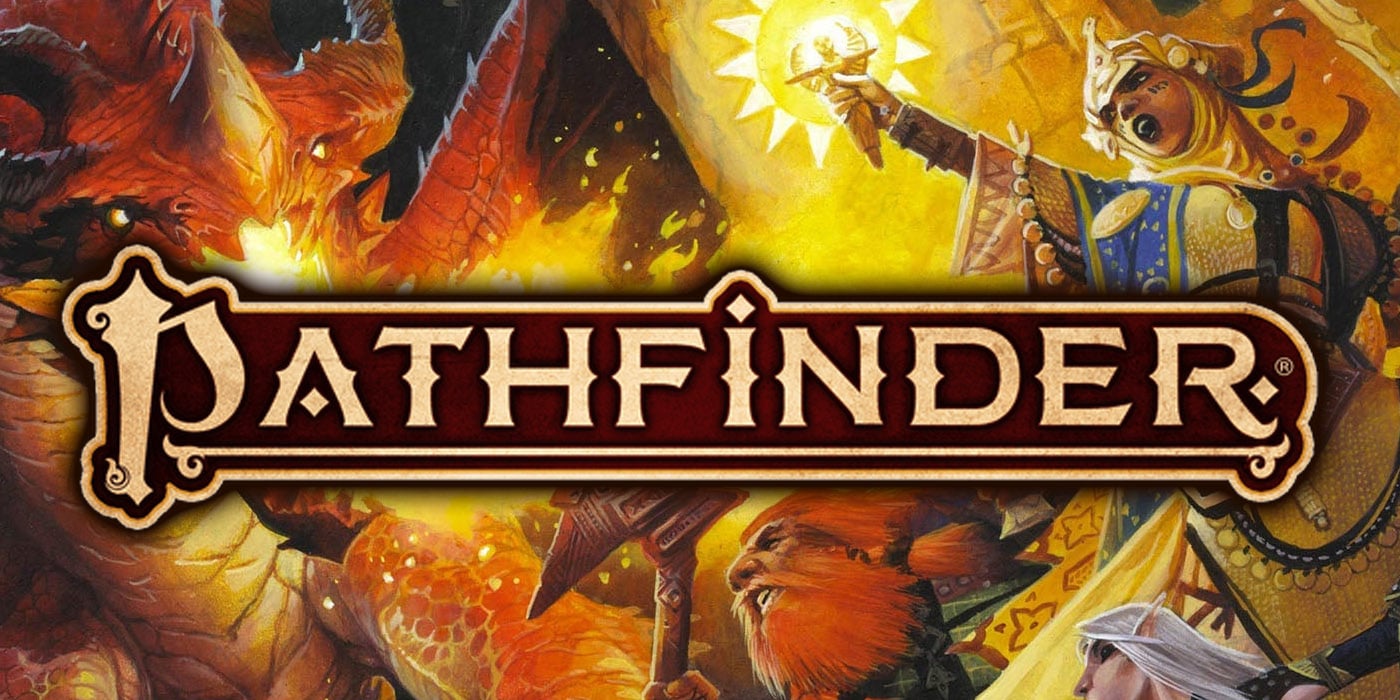Behind The Curtain With FFG: Test Flight Game Jam
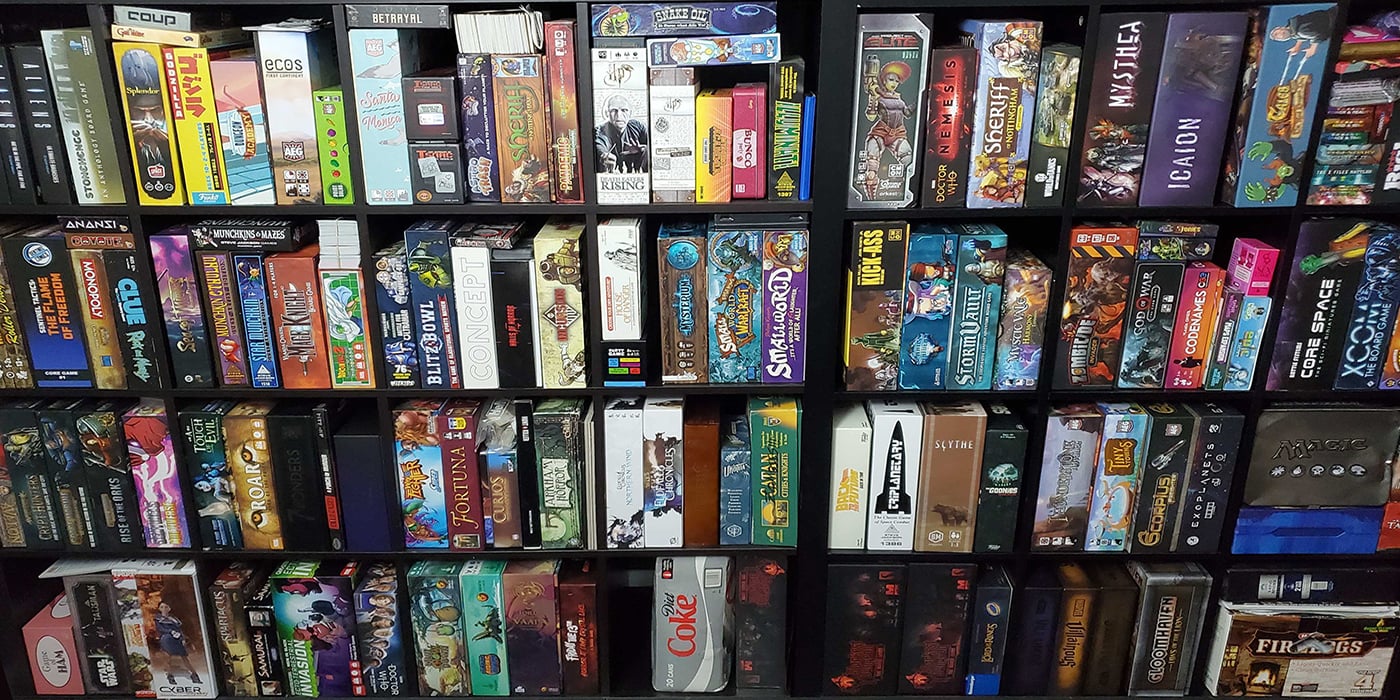
Ever wonder how companies come up with new and fresh ideas for games? Today Fantasy Flight Games is giving us a behind-the-scenes look at there latest Game Jam dubbed Test Flight 2018.
Game Jams are limited time events where game developers (or really anyone who wants to participate) get together and try to come up with prototype/playable games. They often are fertile sources of ideas and concepts that can be harvested into an actual product for later. Many companies in gaming (tabletop and video) have started hosting these Game Jam events either internally or externally. In the latest Design Journal from FFG, they documented and outlined their latest Test Flight Game Jam and it makes for a really interesting read. If you’re looking to design a game or even if you want to run one of these events yourself, it’s worth a look!
Andrew Fischer: I was inspired by my time in these other jams. On top of that, I’d seen the benefits that studios had gained from internal game jams (such as Double Fine’s Amnesia Fortnight), and felt that FFG could really benefit from a similar event. As luck would have it, Corey Konieczka had been thinking over a very similar idea. Together with senior designer Nate French and our Head of Studio Andrew Navaro, we worked to organize FFG’s first ever studio-wide game jam—which we called “Test Flight.” In today’s designer journal, I want to give you all a brief glimpse into this event and how we ran it!
Proof of Concept
The idea of the Game Jam is to create a game in a very limited amount of time. The participants break off into teams and are sometimes given a prompt to use to help them get started. While the goal is the have a game by the end, ultimately this is great time for folks to try out ideas and really test themselves and concepts. It’s a brainstorming session that turns into a tangible game when you’re done!
While most Game Jam events are often for digital games, the folks at FFG decided to adopt the format and condense it down. They were given two working days to complete their game. To help facilitate the game, the teams were given randomly assigned prompts for the game. They would draw two prompts from a “special magical sorting hat” (or flight helmet) and had to choose one to build their game around. There were some overachievers who decided to use BOTH prompts. Showoffs. Anyhow, those ideas helped to get the teams started.
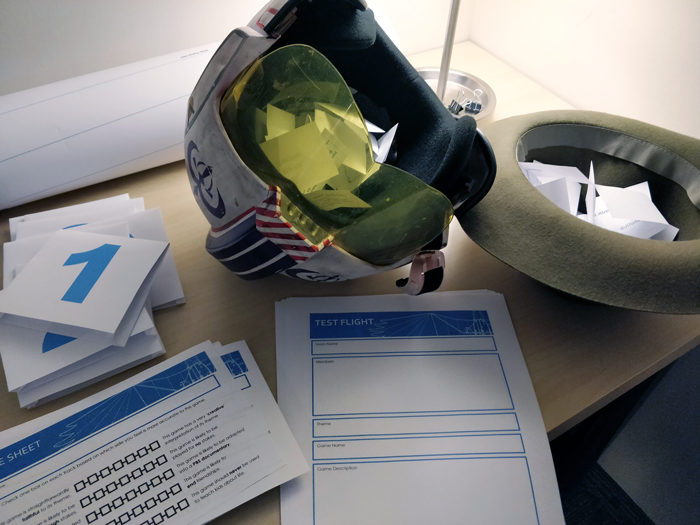 Pictured: Flight Helmet and Magical Sorting Hat
Pictured: Flight Helmet and Magical Sorting Hat
Time Limits And A Helpful Outline
The last bit of help the FFG running the Game Jam gave them was a rough timeline to aid them in their process. This was not a mandatory thing but it would be useful for anyone that might appreciate those guard-rails:
- Brainstorming – Three hours
- Prototyping – Two hours
- Initial Testing – One hour
- Iteration – Four hours
- Content Creation – Four hours
- Polish and Demo Prep – Two hours
- Flex Time – Two hours
If you’ve never participated in a Game Jam, especially one that has very limited time, this rough outline for how to spend your time is invaluable. When you get a bunch of creative-types together they might spend all their time brainstorming, which might not be terrible, but the goal is the have a game by the end. So a way to help guide and focus that energy is really important.
And The Award Goes To…
At the end of the event, each team’s game was played by the other teams and provide feedback. The teams became the panel of judges for each other’s games. But instead of ranking from “Best to Worst” they graded games on a spectrum:
Again, part of the reason for the Game Jam is to stretch people creatively. It’s not really about the competition – it’s more about the creative expression. Having the feedback on a spectrum like this makes it less about who’s game is better and more about the fun and collaborative environment that the Game Jam is supposed to facilitate. Personally, I’d like to see what games scored highest in “this game is likely to END friendships” and “this game should NEVER be used to teach kids about life” categories.
Was It Worth It?
The end result is that at the end of the Test Flight, the folks at FFG ended up with THIRTEEN prototypes. That’s kind of a big deal! Those games could go on to inspire or be refined into the next set of games coming from FFG. On top of that, as a company, folks who don’t normally get to interact got the chance to work directly together and that’s typically a good thing. By the end of it Andrew Fischer had this to say:
To other game creators out there, both hobby and professional: I strongly encourage you to check out a game jam. Whether you attend a publicly-available event, or hold one at your development studio, I think you will find the creativity, teamwork, and ideas you build at the event endlessly valuable. I know that I have.
So there you have it. If you’ve ever wanted to make your own game join a Game Jam and give it a go! Hey – at least now you have an idea of how to spend you time working on the game. Now you just need some prompts in a Magical Sorting Hat and you’re all set.
Have you ever participated in a Game Jam? How did it go and did you end up with an actual game when you finished?

